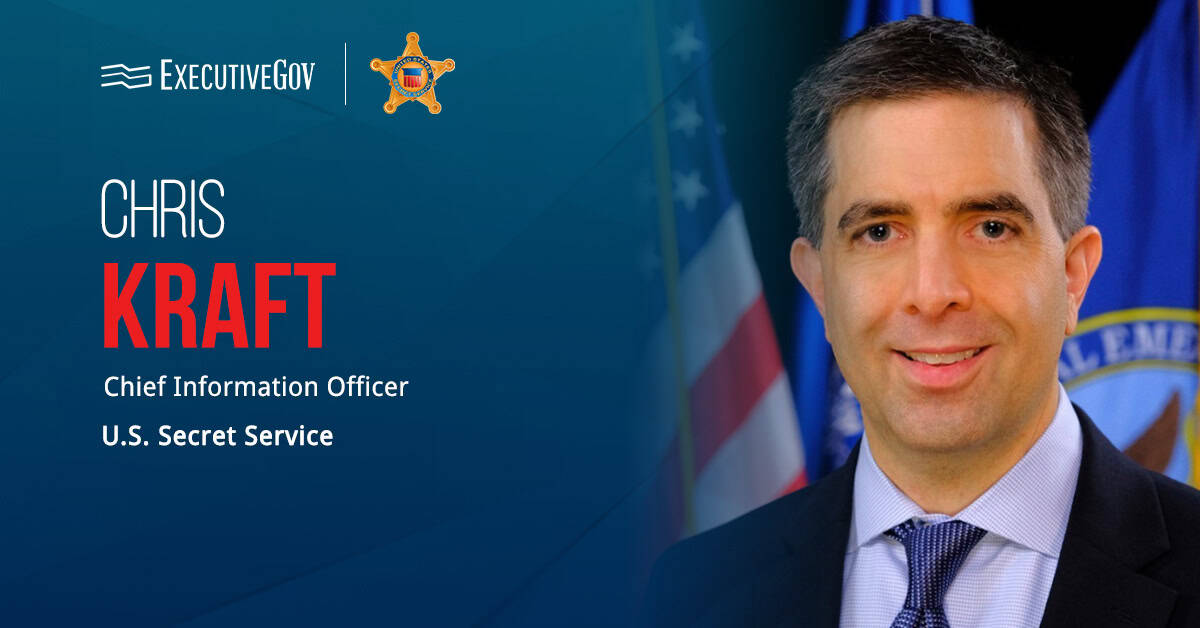Gen. James Rainey, commanding general of Army Futures Command, said the U.S. Army is pursuing technology transformation and innovation in three different periods to ensure flexibility in adapting to the ever-evolving warfighting environment.
Speaking at the U.S. Army Global Force Symposium, Rainey said the service branch’s transformation efforts are divided into three terms: 18 to 24 months, two to seven years, and seven to 15 years.
During the first period, the Army will deploy new capabilities to warfighters for testing and analysis and gathering real-world feedback to inform future adjustments.
Technologies in this area include ground-based rockets, land-based missiles, counter-unmanned aircraft systems, robotics and human-machine integrated formations.
The two-to-seven-year period, also known as deliberate transformation, focuses on the Army’s work on the Future Long Range Assault Aircraft, improving indirect fire weapons, extending the range of cannon artillery and enhancing its network capabilities.
The last period zeroes in on concept-driven transformation, enabling the service branch to develop new capabilities, sustain capabilities and build endurance and resilience.





